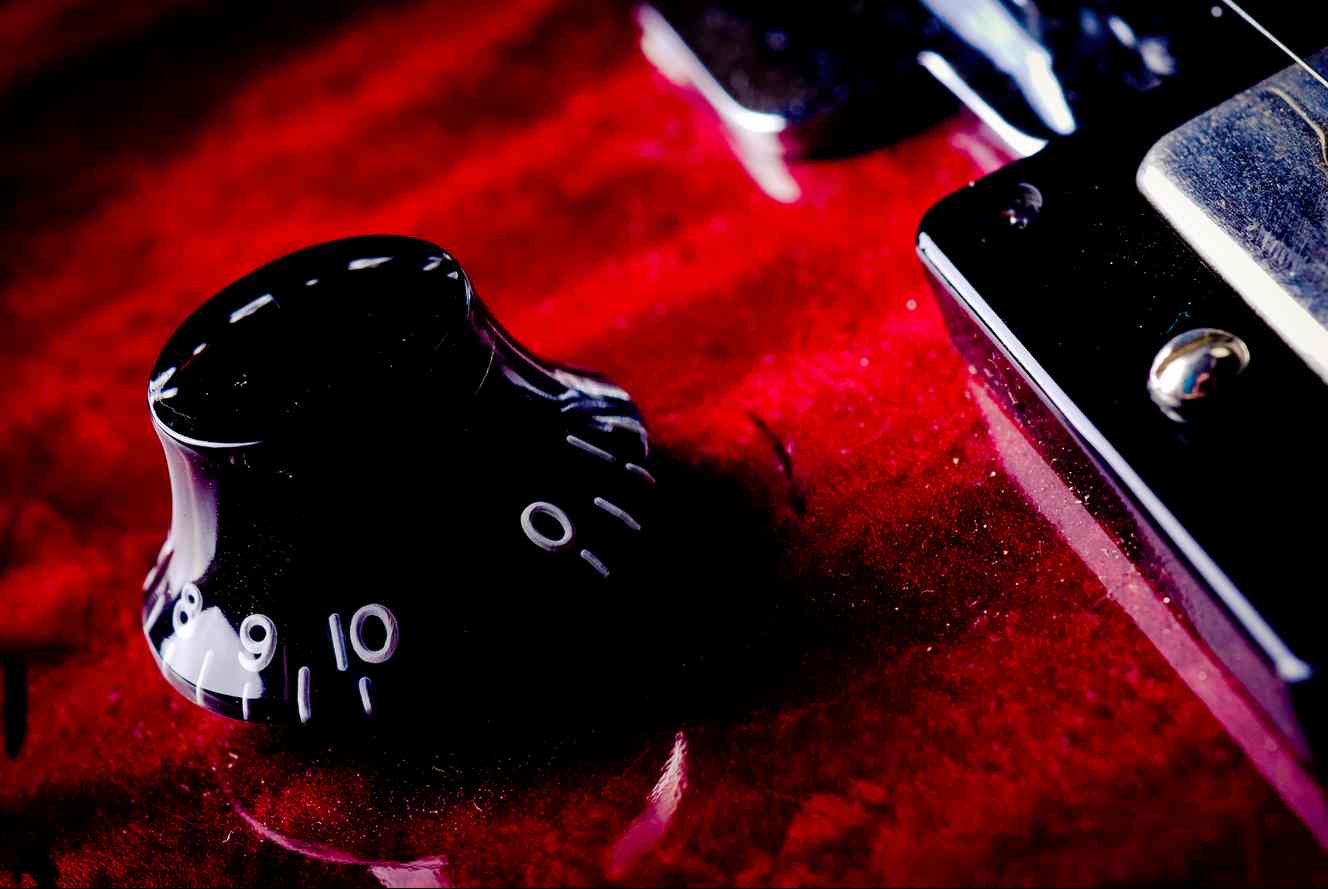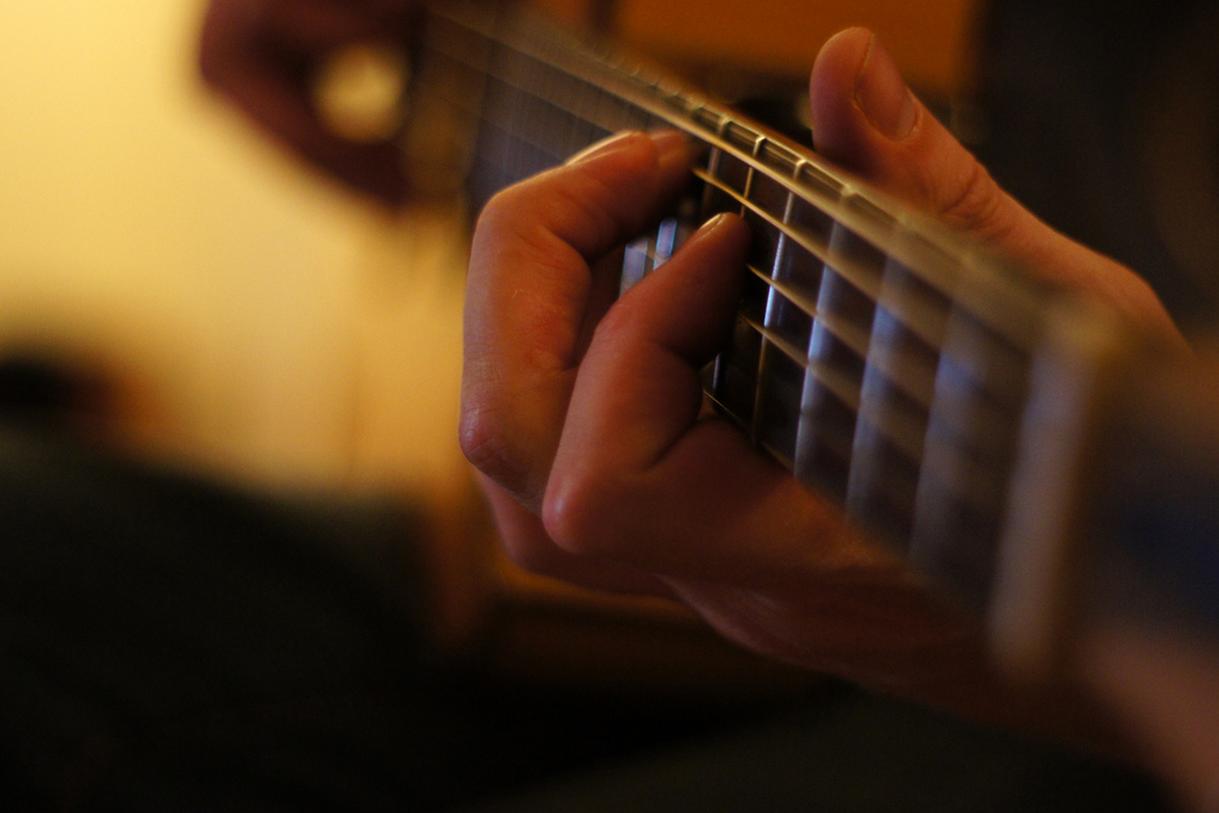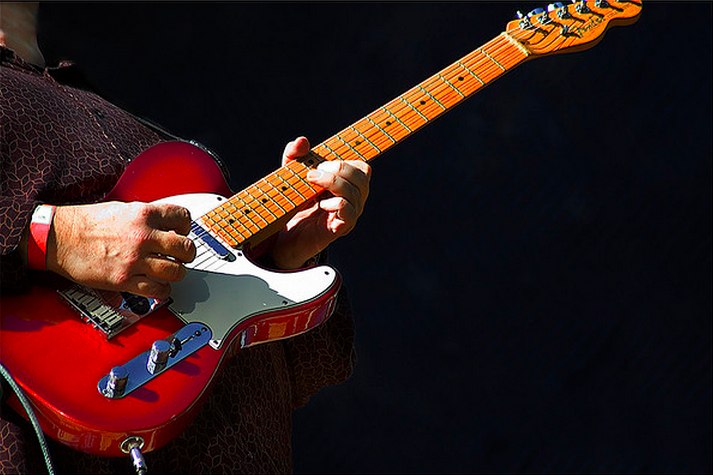Photo by Ethan Prater
 I like to incorporate one octave arpeggios into my improvisation solos, because of the way they sound and feel. I prefer them over 2 octave arpeggios.
I like to incorporate one octave arpeggios into my improvisation solos, because of the way they sound and feel. I prefer them over 2 octave arpeggios.
When I play an occasional one octave arpeggio in my improvisation it just sounds nice and fresh and could be something I made up on the spot.
But when I play a 2 octave arpeggio (without reorganizing it in anyway) you can really hear that I copied that straight away. It sounds too pre manufactured. It’s like playing a complete major scale or blues scale in your solo. You don’t wanna hear that.
Don’t get me wrong there are guitar players who play amazingly beautiful solos with 2 or 3 octave arpeggios but they are often extended arpeggios with extra notes or re-organized arpeggios.
So I do recommend to practice 2 octave arpeggios to expand your guitar vocabulary, knowledge of music theory, improve your dexterity and gain new ideas.
But today is all about 3 string one octave arpeggios. These are my favorites. I already wrote a post on one octave arpeggios which is a much bigger workout, but I always practice and memorize things in different ways. And I really love this workout.
Here are some tips:Continue Reading


 Building speed is not just for guitar players who want to play fast and look good (not that there’s anything wrong with that), but building speed is good for any aspect of guitar playing.
Building speed is not just for guitar players who want to play fast and look good (not that there’s anything wrong with that), but building speed is good for any aspect of guitar playing.